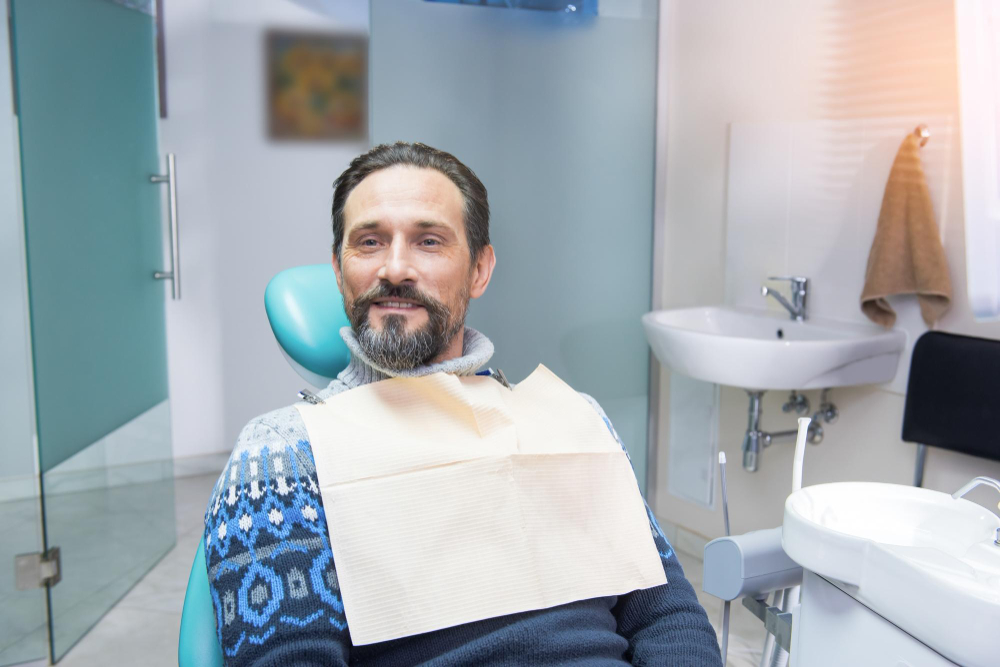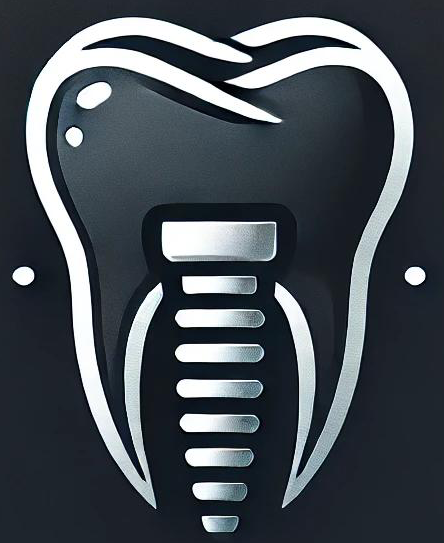
How New Technology is Transforming Dentistry
From powerful hand-held devices to satellite systems in our daily lives, technology is reshaping every industry — and dentistry is no exception. Advancements in dental technology are improving how conditions are diagnosed, treated, and even prevented. Though some may seem unfamiliar at first, these innovations offer real benefits for patients. Here are some of the latest technologies now available or coming soon to your dental office.
Request an AppointmentCAD/CAM Same-Day Crown Fabrication
With the use of 3D digital imaging and computer-aided design and manufacturing (CAD/CAM), permanent crowns can now be created and placed in a single visit. No more wearing temporary crowns or waiting weeks for your restoration — it all happens in one appointment.
Cone Beam CT Imaging
Cone Beam CT imaging offers a detailed, three-dimensional view of your jaw and teeth by compiling a series of x-ray “slices” into a virtual model. This advanced imaging tool is used for detecting disease, planning treatments, and visualizing areas that once required surgical exploration.
Dental Implants
Dental implants have revolutionized tooth replacement. These titanium posts act as artificial roots, securely supporting realistic crowns that look and feel like natural teeth. Implants are now considered the gold standard for replacing missing teeth.
Digital Dental Impressions
Traditional impression materials are being replaced by digital imaging. With a dusting of reflective powder and a special camera, detailed 3D models of your teeth are created. These can be used for diagnosis and the fabrication of restorations — all without the mess of old-fashioned molds.
Digital X-Rays
Digital x-rays reduce radiation exposure by up to 90% compared to traditional methods. They also deliver faster results, eliminating wait times for film development and offering enhanced image clarity that helps dentists detect issues more easily.
Intra-Oral Camera
Intra-oral cameras allow you to see what your dentist sees. These tiny cameras capture real-time images of your teeth and gums, which are displayed on a chairside monitor. The visuals help you better understand your diagnosis and treatment plan, and they can be saved, printed, or even recorded for future reference.
Laser Diagnosis and Treatment
Lasers are now being used in a wide range of dental procedures. They can detect early-stage tooth decay, treat gum disease, and even remove cancerous cells. Lasers also play a role in gum surgery and certain cavity treatments, offering greater precision and comfort.
